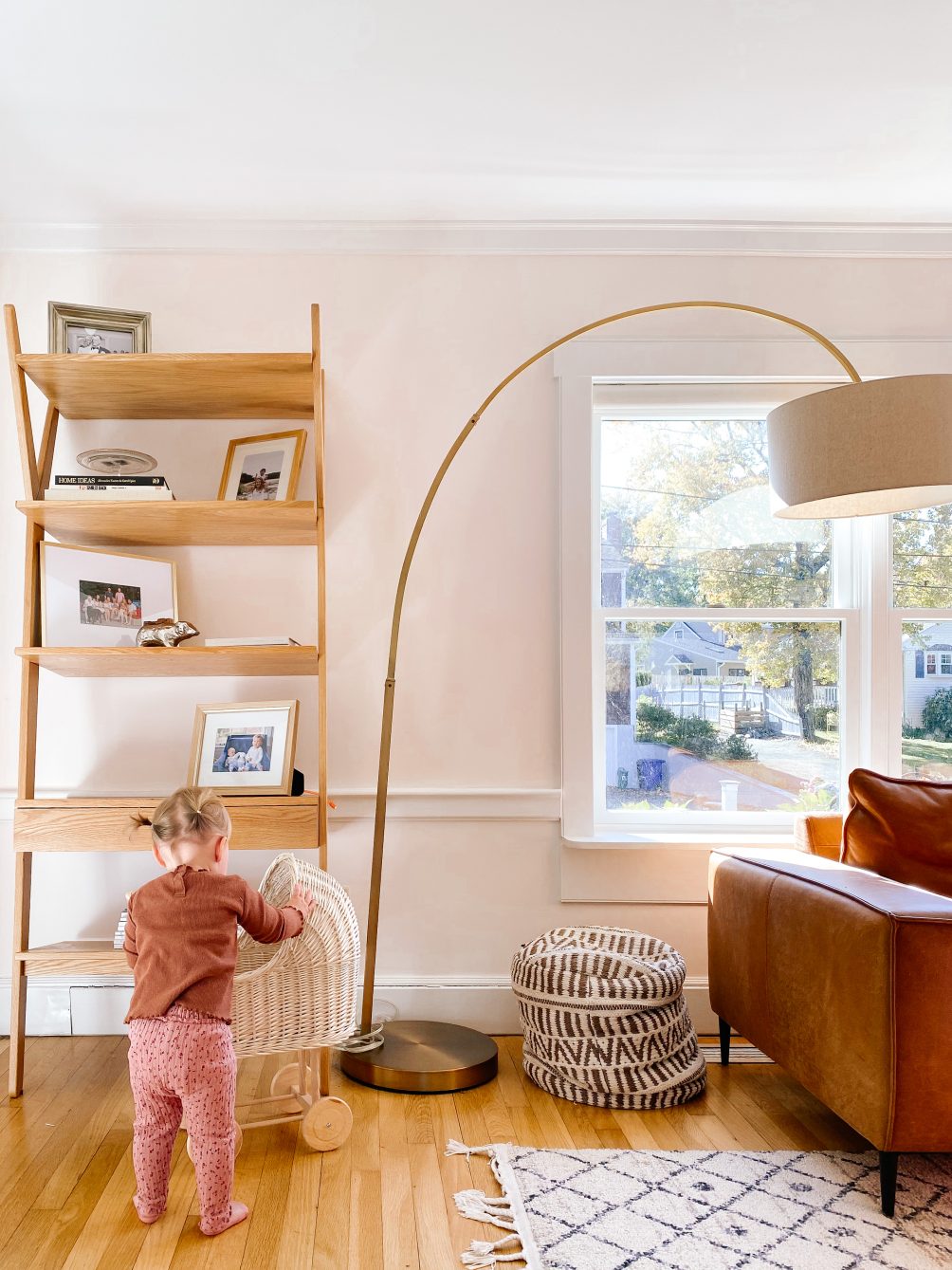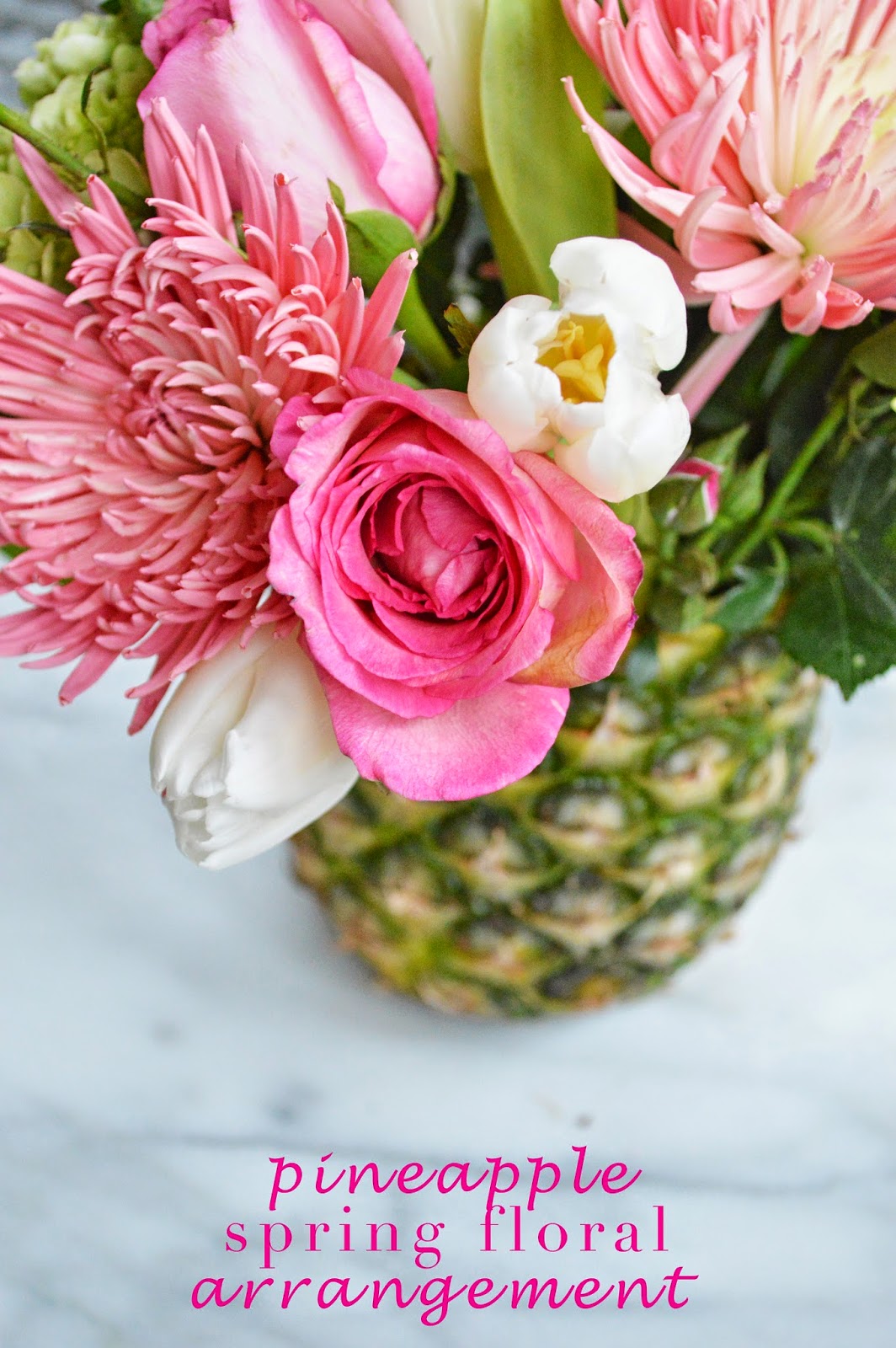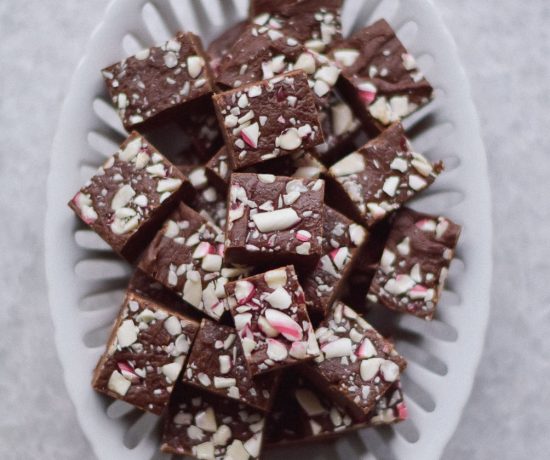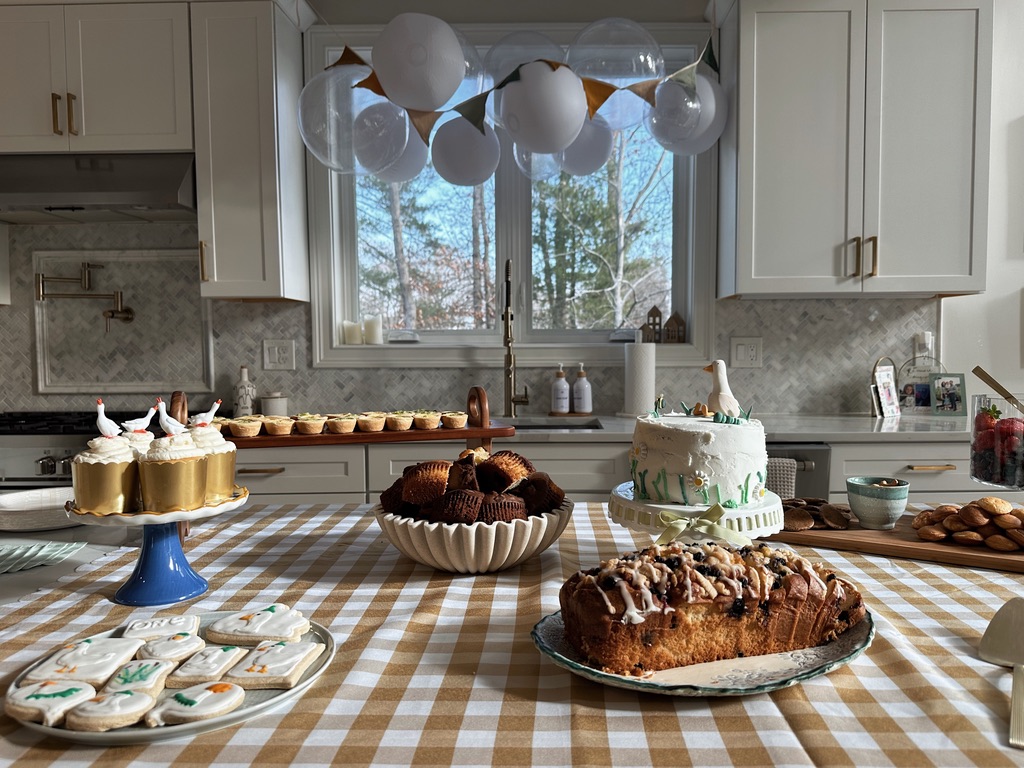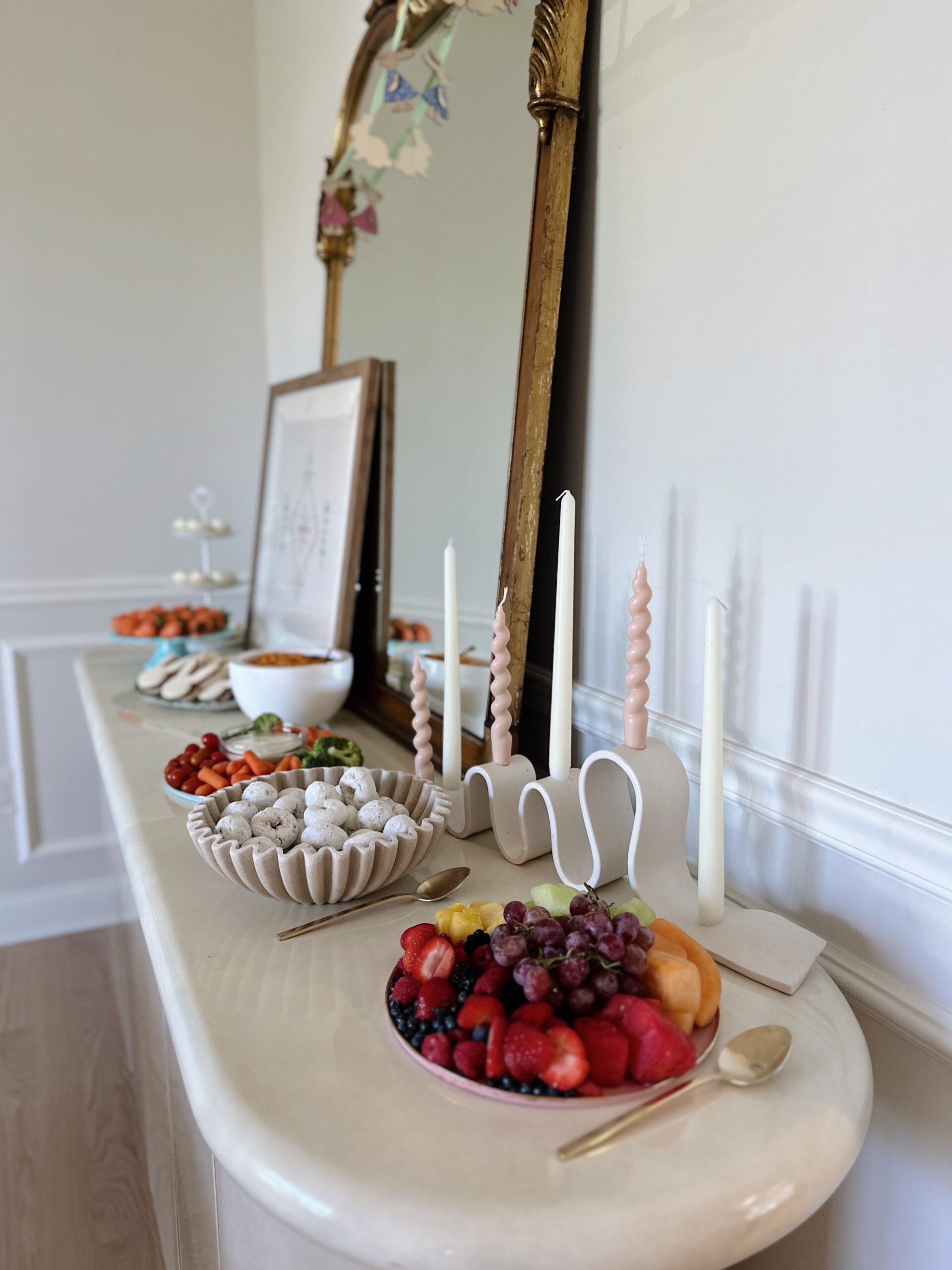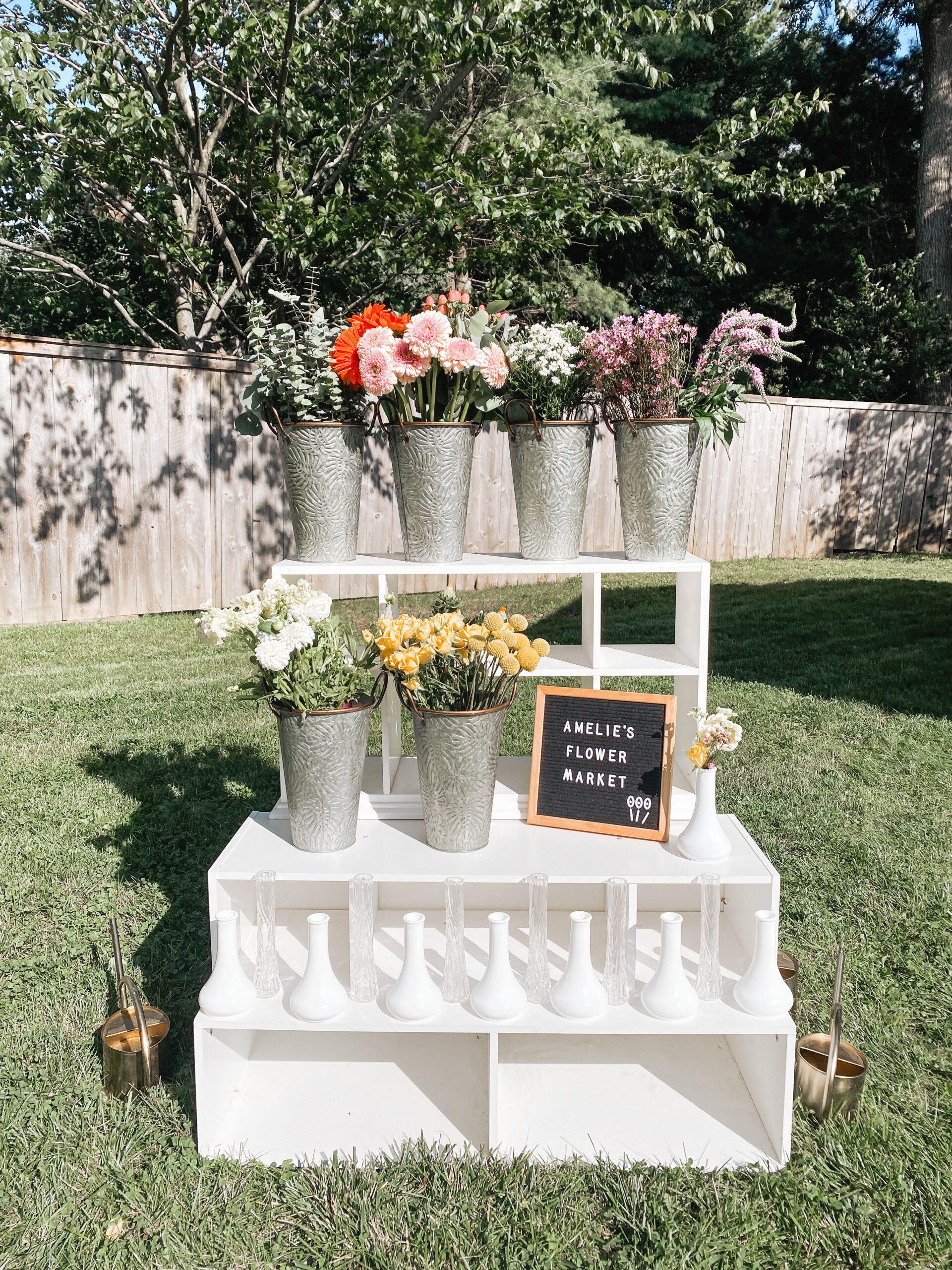While I’m not an expert on the topic, I hesitate to write these posts. But with multiple requests for my approach to infant potty training, I’m diving in to share my experience.
With both of my kids I began potty training at 8 months old. Amelie turned 1 in September and, other than naps or overnight, she’s fully out of diapers. Now this whole concept actually comes by a different, way more pretentious name: Elimination Communication (EC). In short form, this is all about teaching babies to recognize their body’s signals and ‘communicate’ that to the parent.
I honestly don’t remember how I stumbled across this method when Colton was a baby. I recall hearing horror-pooh stories of potty training toddlers and thinking, “There has to be a better way.” While it seemed outlandish at first, I was persuaded by one simple point. If a baby is crying, what do you do? Feed them, burp them, change them. From those earliest days out of the womb, babies do not like to soil themselves. So instead of teaching them to tolerate a dirty diaper, why not try to preempt that discomfort?
There are two things I find important to acknowledge when going this route:
- place reasonable expectations on the process
- know it takes longer than cold-turkey training a toddler
Personally knowing of no one who had tried EC, I had zero expectations of how it would turn out. That was a blessing in disguise because I could measure everything by the mentality of, “I have nothing to lose.” If Colton took to it, great. If it went horribly wrong then I’d try again later. He felt no pressure to perform and I held him to no standard of performance.
Now we get down to the process. I’m going to simplify it a bit for the sake of brevity but, at the bottom of this post, I’ll share a resource if you want to dive deeper.
- choose sound associations: for peeing we chose “sssssss” and pooping is a grunting noise. if your littles are in diapers and you notice them peeing/pooping, make those noises so they begin to associate it with the action. you can also opt to show the sign language motion for “potty” to give them an additional mode of communication.
- offer potty time: start with intervals of 20 minutes and offer the potty. each time you do, be clear in saying “potty” and making the associated noises. if they go, congratulate them and move on. if not, try again at the next interval.
- designated bare bum time: this is maybe the hardest to coordinate but also the most helpful step. for amelie, i chose one room in our house to pick up the area rug and let her roam free. for an hour a day (more or less, based on our schedule), i’d let her play without a diaper or undies. the next step will tell you why.
- observe signals: every baby is unique in the way they’re going to communicate potty needs. but the more you pay attention, the more you realize they continue to present the same cues. some make scrunched up faces, others grab at their crotch region. some cry in frustration and others laugh in preparation. don’t be hard on yourself in needing to catch every pee/poop in the potty. take it as a learning curve where you’re teaching your child and they’re teaching you.
- push for progress AND allow for grace: eventually you’ll extend the timeframe your baby needs between potty visits. it’ll get more comfortable (i.e. less risky) to take them on long walks or car rides. as they learn the internal signals of their body, you’re learning the external signals they’re offering. BUT THERE WILL ALWAYS BE SETBACKS AND THAT’S OKAY. Teething, sleep regression, sickness, new siblings—these can all cause hiccups in an EC process. But you’re setting the strong foundation and your baby will hop right back on track. Stick with them and encourage all wins.
As I mentioned above, this is simplified but a way to start. I read and followed a resource called Go Diaper Free. I also joined a couple of EC Facebook groups (yeah, $h!t gets graphic on there—beware).
Also, these are a few of our tried-and-true potty supplies that help with both at home and on the go training:
Baby Bjorn Potty (this is great as babies get older because their feet touch the floor and offer stabilization)
Climb Up Potty (a great option as your toddler learns to take themself to the potty)
Travel Potty Bags (especially helpful on COVID road trips)
Top Hat Potty (*this one I have not personally used but is apparently great when starting from newborn)
Tiny Undies (adorable and fit well with no extra bulk)
If you have any questions on this whole Elimination Communication process, I’m an open book! xx

